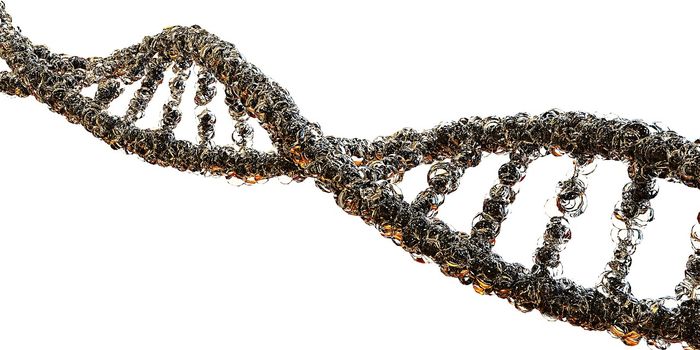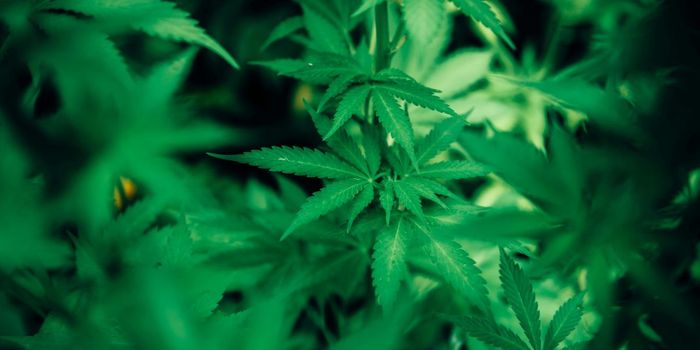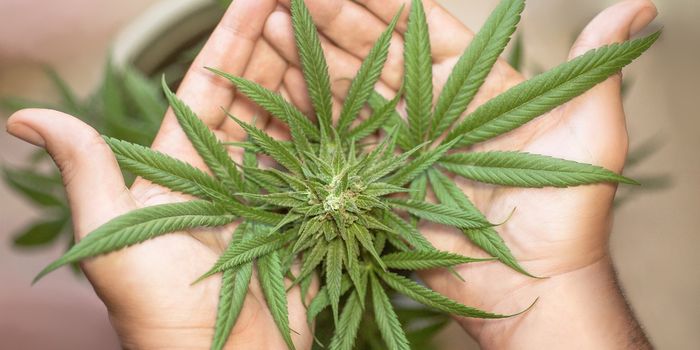A recent review of research on cannabinoid receptors and their influence on signaling pathways provides insights into how the endocannabinoid system boost energy, stimulates appetite, reduces pressure, lessens pain, and controls nausea. Additionally, this review identified endocannabinoid mechanisms that mitigate the symptoms of neurological diseases like Parkinson’s and Huntington’s disease.
Cannabinoid compounds like THC and CBD alter central nervous system functions. The endocannabinoid system in the brain regulates mood, memory and stress responses. When THC binds to CB1 receptors, it triggers a release of the transmitter dopamine onto the nucleus accumbens (NAc). This stimulation of neurons produces a psychoactive effect.
CB 1 receptors are expressed in the central nervous system at a higher rate than CB2 receptors. CB1 receptors are also found in the basal ganglia and cerebellum, and they influence an individual’s activity level and motor control. Scientists used to believe CB2 receptors were peripheral players in the endocannabinoid system, but several studies found CB2 receptors throughout the central nervous system and affect neuroprotective activity. Targeting CB1 and CB2 receptors can be an effective strategy in treating neuropsychiatric and neurological diseases.
The main signaling molecules known as endocannabinoids bind to CB1 and CB2 receptors and alter physiological activities. The signaling molecules Anandamide (AEA) and 2-arachidonoylglycerol (2-AG) affect cardiovascular and other functions. When AEA binds to CB1 receptors, it causes changes in mood, perception, and motor control. 2-AG activates the CB1 receptor and studies have determined 2-AG can reduce tumor growth, pain, and nausea.
Previous studies have observed biased signaling differences between CB1 and CB2 receptors. Although these receptors activate multiple pathways, they differ in how they affect certain pathways. This finding has implications for targeting pathways to ensure desired therapeutic effects like anti-inflammatory relief and prevent undesirable ones like grogginess.
Sources: Cannabis Cannabinoid Research, Nature








